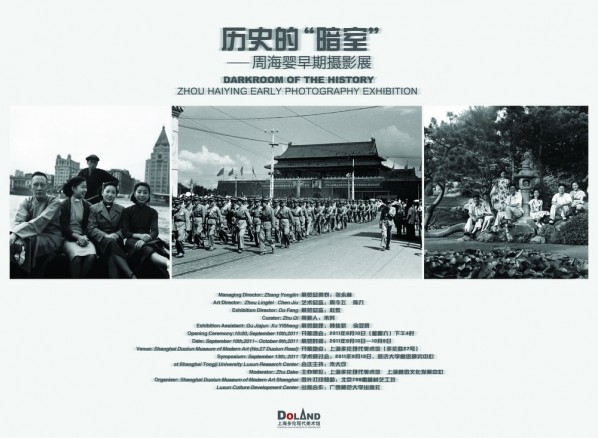After nearly a year’s preparation, Zhou Haiying Early Photography Exhibition, organized by Shanghai Duolun Museum of Modern Art and Shanghai Luxun Culture Development Center opened at Shanghai Duolun Museum of Modern Art on September 10th, 2011, and “Zhou Haiying Photography Symposium” was also held at Shanghai Tongji University Luxun Research Center on September 13th, 2011.
Zhou Haiying, son of Luxun, was engaged in photography from late 1940s and created more than 20,000 photography works throughout his life; however, his outstanding photography talents have for so long remained unknown to the public. He officially started photography career in 1946 around, and excelled in photography technology and aesthetics. In effect, he was the last outstanding photographer in the republic ages, and one of the first generation of excellent photographers in New China.

Darkroom of the History:Zhou Haiying Early Photography Exhibition 01
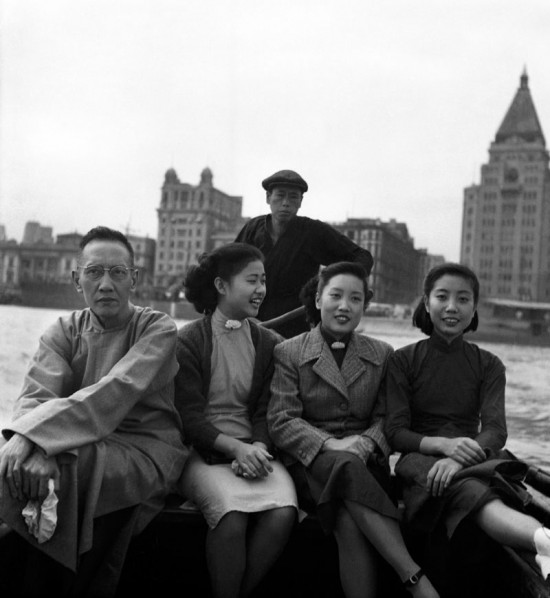
Darkroom of the History:Zhou Haiying Early Photography Exhibition 02
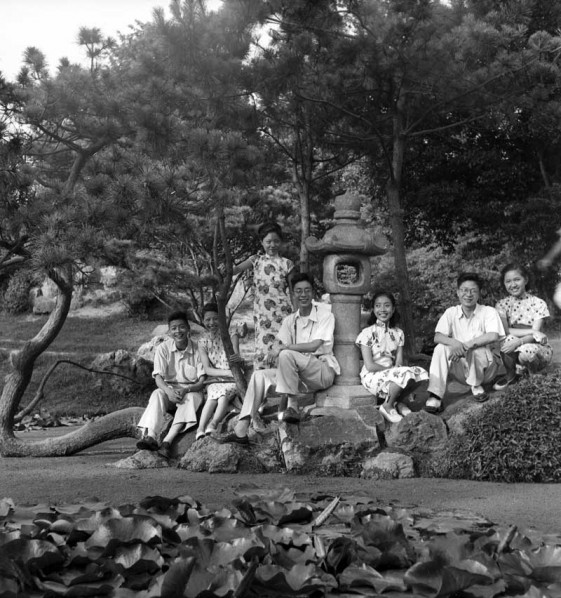
Darkroom of the History:Zhou Haiying Early Photography Exhibition 03
In 1948 around, Zhou Haiying took a great deal of street photographs featured by grass-root people, which reached the artistic peak in the republic ages. He was also the only one who recorded the new era of the political consultative conference. In 1948, several democrats, including Guo Moruo and Li Jisheng, proceeded northward by boat from Hong Kong for attending the first political consultative conference; Zhou Haiying recorded this historical process through high-quality photography which constituted the only document-based proof of the new political consultative conference.
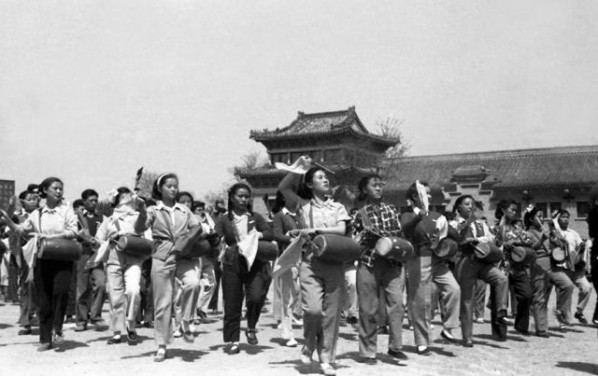
Darkroom of the History:Zhou Haiying Early Photography Exhibition 04
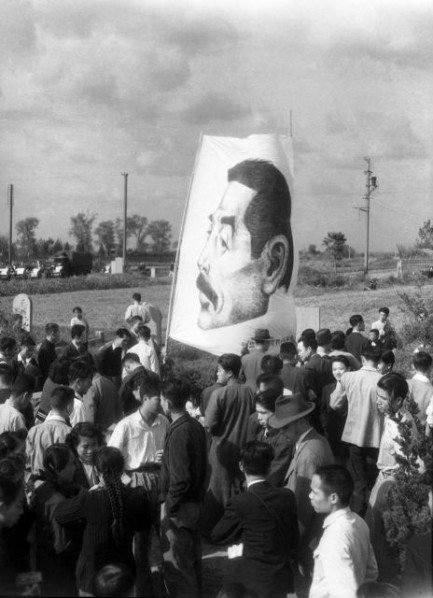
Darkroom of the History:Zhou Haiying Early Photography Exhibition 05
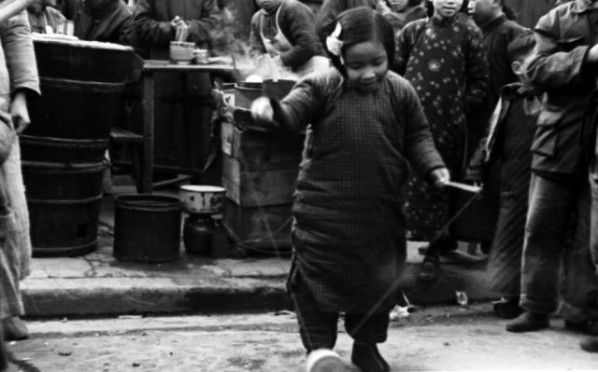
Darkroom of the History:Zhou Haiying Early Photography Exhibition 06
Besides, Zhou Haiying also took a large number of photographs featured by social life and scenery in 1949 around, and left us the valuable image literature during the transition period from the Republic of China to the New China (1948-1954). These photography works were as good as those taken by the French master Bresson in 1948 and 1956.
Zhou Haiying’s photography works covered two societies before and after 1949. However, he always showed a personal perspective and kept certain distance from the then-current dominant photography in respects of image style and emotion. He took a group of street photographs which cared for the grass-root community in the republic ages by recording the daily life of the middle class and intellectuals at Shanghai lanes. After liberation, he took plenty of photographs themed by pure, upward social life in early New China and by fresh campus life of himself and peers, as well as a number of landscape photographs in modernistic style. These photographs reached domestic and even world leading level of arts and technology at that time.
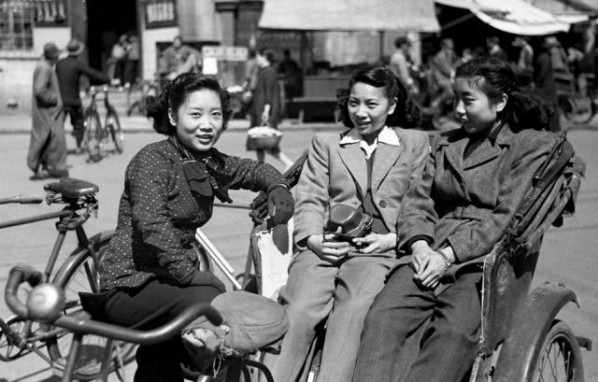
Darkroom of the History:Zhou Haiying Early Photography Exhibition 07
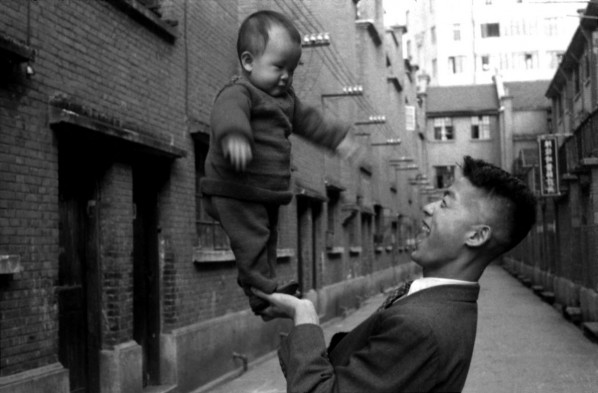
Darkroom of the History:Zhou Haiying Early Photography Exhibition 08
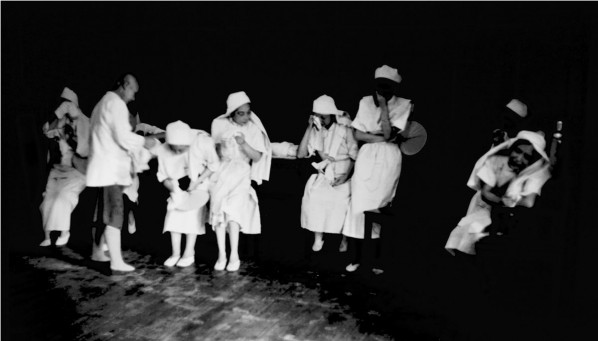
Darkroom of the History:Zhou Haiying Early Photography Exhibition 09
Because of the Cultural Revolution and his modest attitude, Zhou Haiying’s photography works were for that long unknown to the public until a few years before his death when Mr. Zhou Lingfei, son of Zhou Haiying, held a small exhibition of his photography works. In the year when Zhou Haiying died, Shanghai Duolun Museum of Modern Art, former home to Luxun, particularly organized Zhou Haiying Early Photography Exhibition & Academic Symposium in memory of Zhou Haiying’s contributions and in hope of encouraging the society and academia to pay attention to and research on Zhou Haiying’s photographic art. The exhibition will re-evaluate Zhou Haiying’s cultural position from the perspective of an outstanding photographer, create a literature research platform for the cultural community, photography community and amateurs, and provide first-hand historical materials through this group of photographs for study on the history of Chinese modern photography.
Managing Director: Zhang Yonglin
Art Director: Du Fang
Curator: Zhu Qi
Exhibition Assistant: Gu Jiajun、Xu YiSheng
Date: September 10th,2011- October 9th,2011
Venue: 1st、2nd and 3rd exhibition hall of Duolun museum
Address: Shanghai Duolun Museum of Modern Art ( No. 27 Duolun Road)
Symposium:September 13th, 2011 at Shanghai Tongji University Luxun Research Center
Moderator: Zhu Dake
Organizer: Shanghai Duolun Museum of Modern Art、Shanghai Luxun Culture Development Center


